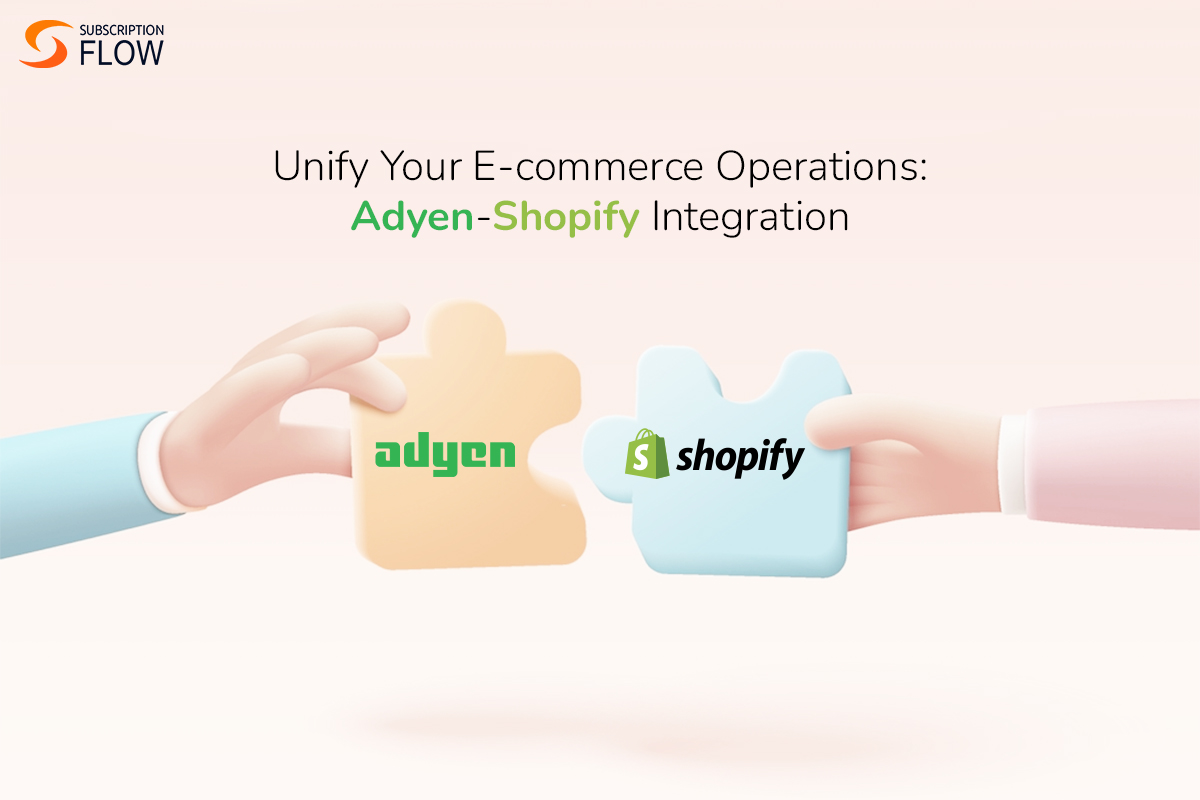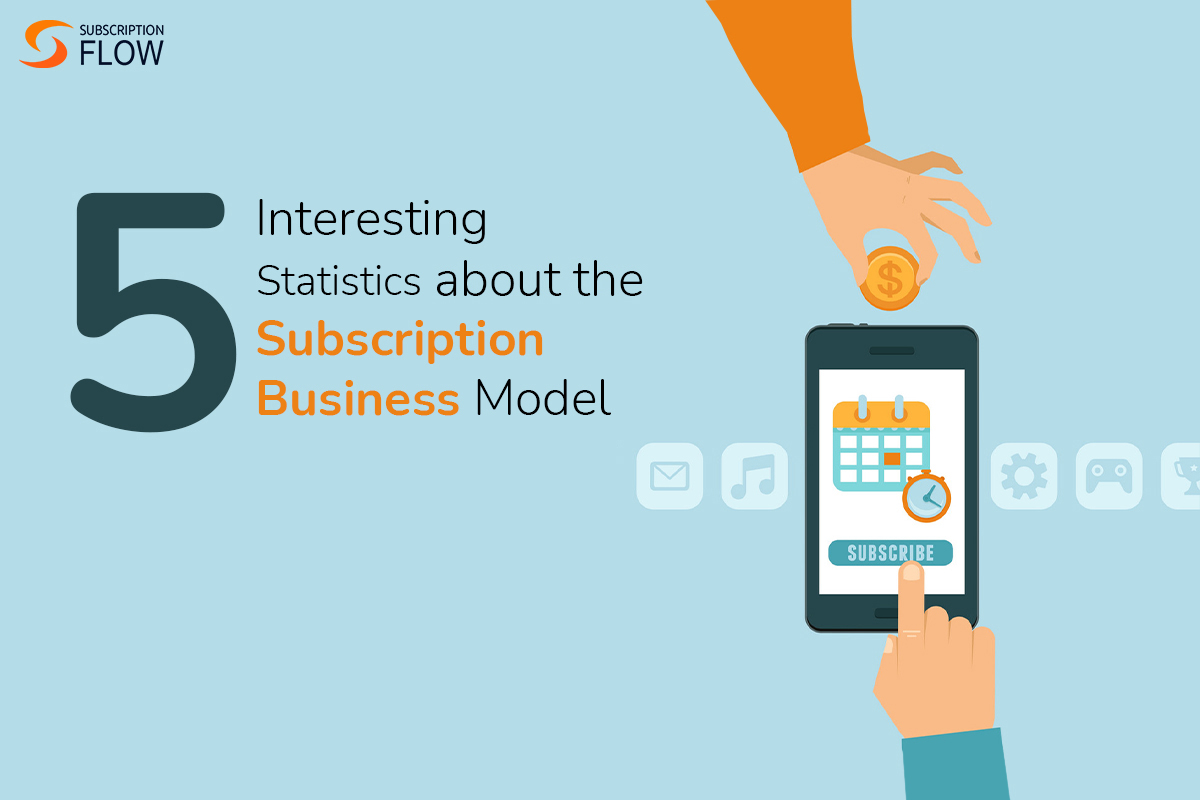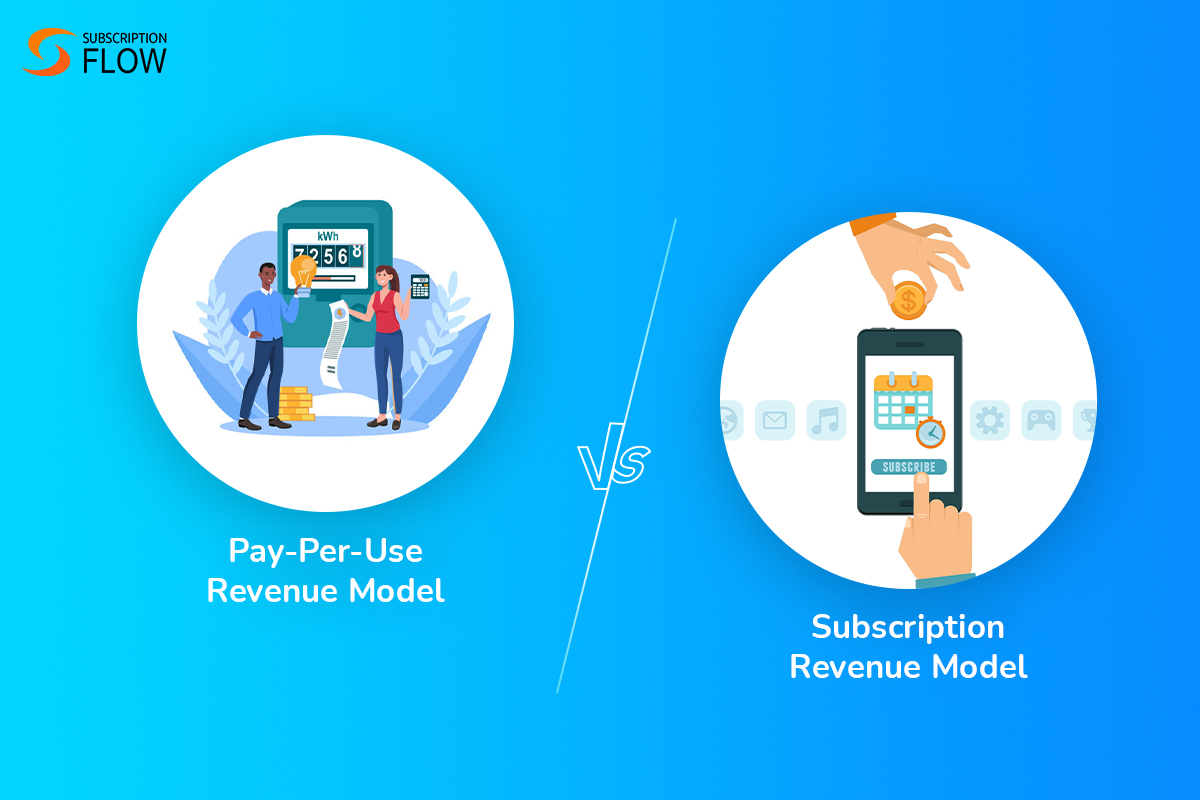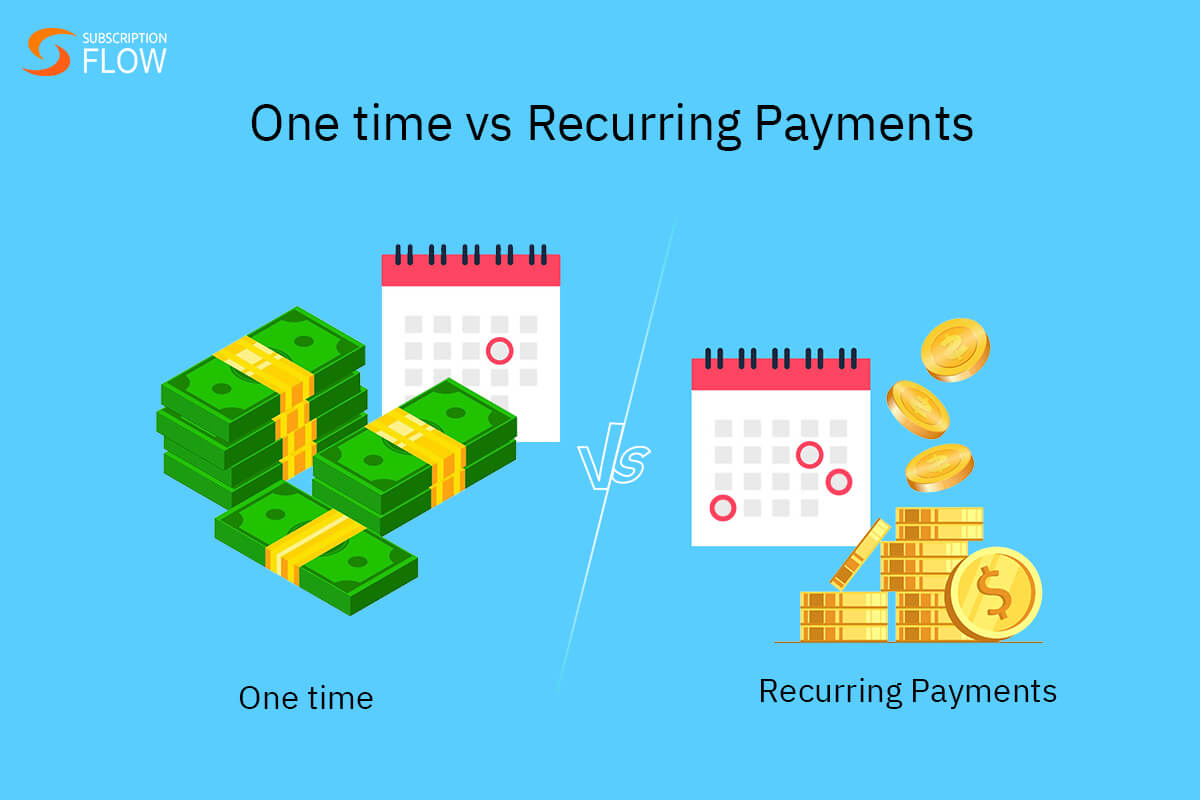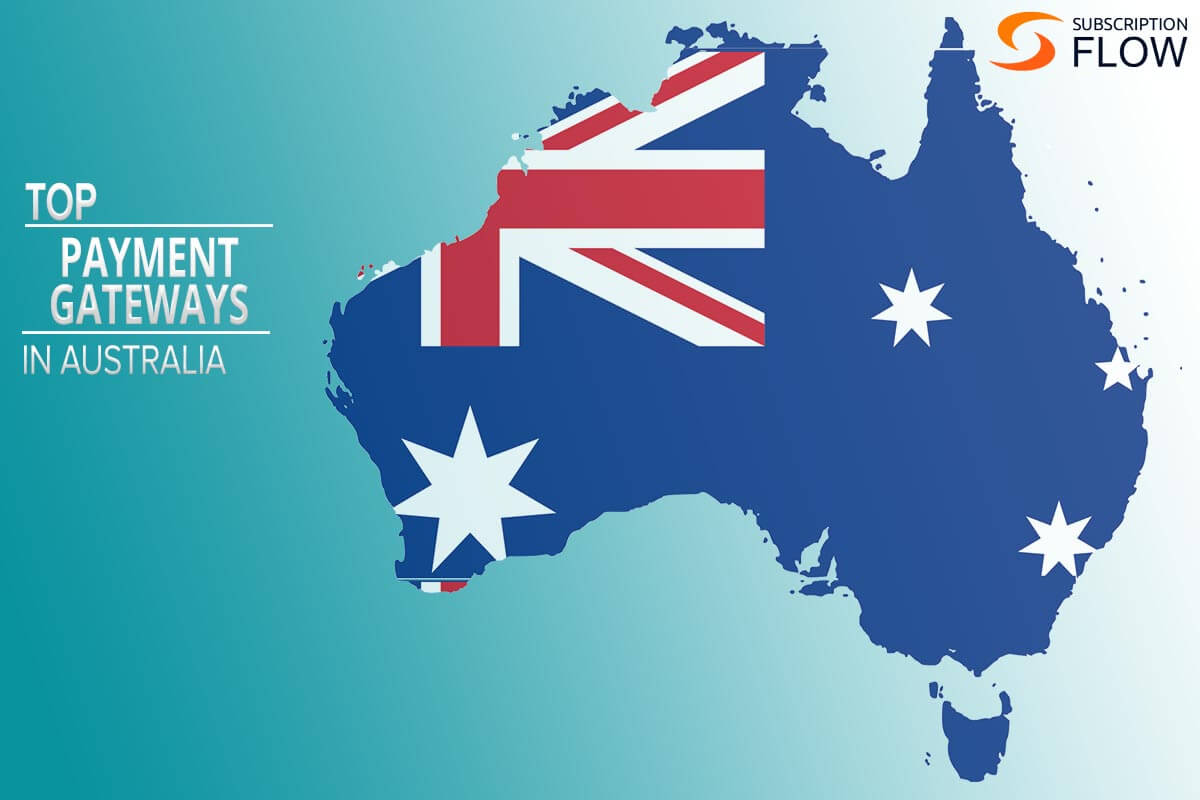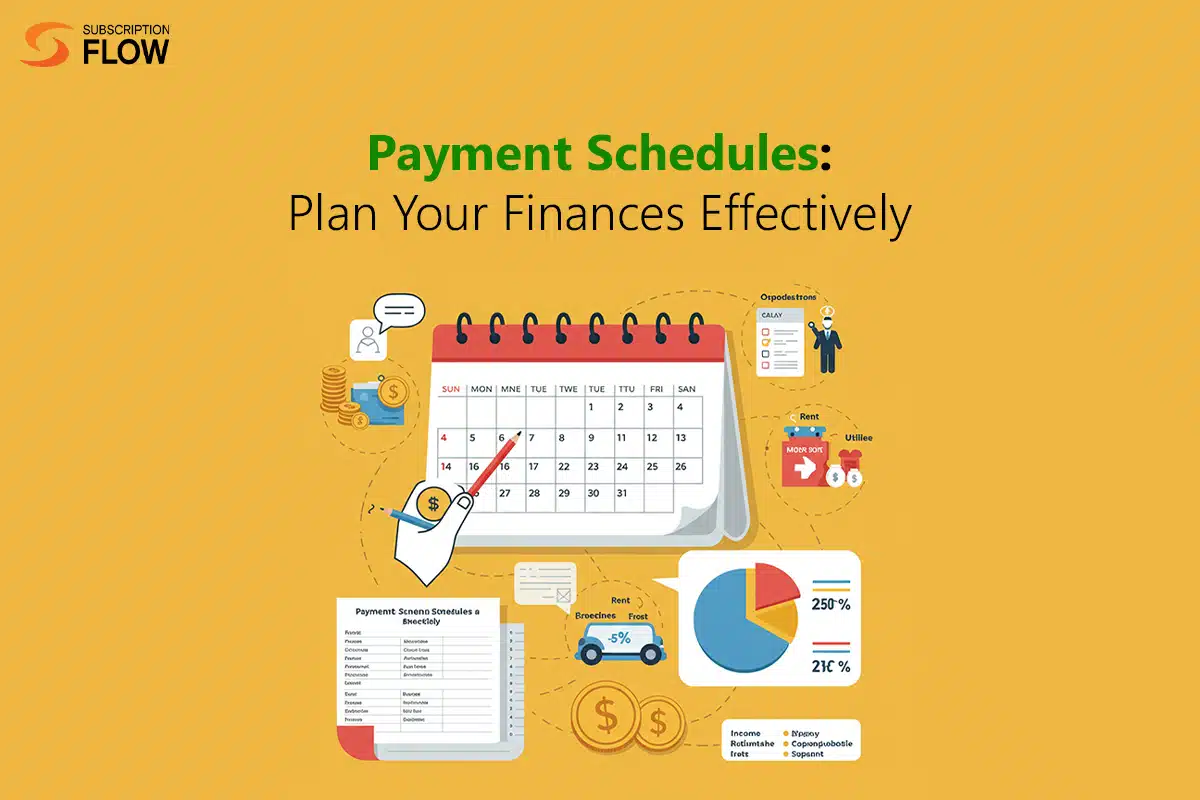
Payment Schedules: Plan Your Finances Effectively
Businesses today find themselves at a crucial standpoint, struggling to juggle between subscriptions, multiple payments, and invoices. Not only that, but an organizational lack in financial management leads to missed due dates, and pending or missed payments. All of this boils down to instability in financial maintenance, and more importantly, weakened ties with customers.
Enter payment scheduling. A strategic tool tailor-made to handle when and how payments will be made or received, so that your B2B business can run swiftly.
The convenience of payment scheduling ensures smooth financial inflows, helping you take charge of your finances. According to financial experts, sticking to a well-methodized budget plan boosts the likelihood of maintaining a healthy financial framework, setting you up for long-term success. With the proper integration and utilization of platforms such as SubscriptionFlow, monitoring payments becomes simple.
Financial freedom and control are the bedrock of business scalability, and by leveraging payment scheduling infrastructures like SubscriptionFlow, achieving that becomes effortless. An automated payment process creates a major difference in B2B transactions, saving you from cash flow issues, late fees and missed payments.
In this blog, we highlight the significance of payment schedules, especially for B2B companies, and how they can level-up their financial outlook exponentially.
Understanding payment schedules
A payment schedule is a predetermined monetary plan between two parties that outlines the timing, frequency, and number of payments involved. It involves details such as payment due dates, installment amounts, any interest rates, charges, and fees attached with transactions.
In the SaaS domain, a payment schedule is the recurring payment plan set up for customers to pay for software subscriptions, and it defines the number of payments, such as monthly, annual, biannual, or weekly subscription fees; tiered pricing based on usage; or any add-ons or service upgrades.
Critical components of payment schedules
Payment schedules constitute varying components that vary based on transaction type and how different parties agree upon certain contractual terms. There are, however, certain components that are common in all payment schedules. They are:
Payment amount
Each payment schedule contains information on the due payable amount. It is a crucial element of payment schedules as it enables the buyers to know what they must pay and sellers to know what to expect in a payment. Knowing the amount due allows both parties to avoid communication gaps and disputes in the payment process.
Due Date
It is the date when payments are due. It could be the first weekday of each month, every 30th, or whatever date is agreed upon by both parties. In some cases, date rolling may occur if the due date is a public holiday, putting the payment schedule on delay until another business day. Due dates can be fixed or variable based on customer requirements and contractual agreement.
Frequency
The payment schedule specifies how often payments are made, such as on a monthly, weekly, quarterly, or annual basis. Moreover, customized frequencies can also be set by the buyer and seller. High-volume transactions can require frequent payments, whereas low-volume transactions can require low-frequency payments.
Total payment period
The payment schedule outlines the duration of the payment plan, inclusive of start date and end date marking transaction completion. This information allows both parties to track progress and plan accordingly. Suppose a 3-year subscription plan can have 36 monthly payments; here, the payment schedule will outline the start date, the end date, and the payment amount to make sure both parties are aware of their obligations due.
Additional fee/charges
The payment schedule can also include details about payment interest, late fees or any additional charges that must be incurred in case of missed/delayed payments. Buyers and sellers must consider these additional payments to avoid any further penalties.
Exploring the types of payment schedules
With the help of various payment schedules, it gets easier to suit the needs of various customers and businesses. The types of payment schedules commonly used are
Lump Sum Payment Schedule
In this case, customers pay the full amount at once. It is suitable for expenses or payments that are one-time. Suppose a startup purchases a lifetime license for a development tool for $655 all at once to avoid recurring subscription costs.
Installment Payment Schedule
In this case the total payment is split into equal portions over a set period. Suppose the Adobe Creative Cloud Annual plan is paid monthly at $55 per month for 12 months, splitting it into equal per- month installments.
Fixed Payment Schedules
These are fixed payments set throughout the predefined time span. They offer predictability for both parties involved in the process, i.e. the buyer side and the seller side. For example, Microsoft 365 Business Standard is offered at $12.50 per user per month, offering consistent monthly billing regardless of usage variations.
Deferred payment schedule
In this case, payments are prolonged to a later date with added interest or additional costs. Some common examples include credit card balances or loans. For example, Salesforce is offering a 90- day payment deferral program for new enterprise customers, allowing them to begin using the platform immediately with payment due after the trial period plus 5% administrative fees.
Similarly, Klarna, a payment gateway, offers “Pay in 4” option, allowing customers to split their purchase into four interest free payments. With the first payment due at the purchase time, the remaining three payments can be made every two weeks. This kind of payment schedule is beneficial for customers who need more time to pay for their purchases.
Variable payment schedule
In this case, payments fluctuate based on a certain criterion, such as sales percentage or revenue sharing in business. SaaS Example: Shopify’s transaction-based pricing, where merchants pay 2.9% + 30c per online transaction, with costs varying based on monthly sales volume.
Milestone Payments schedule
In milestone payment schedules, payments are due when certain project milestones are reached. These are common in the case of software development agreements or construction domain businesses.
Revolving Payment schedule
It is linked with credit cards allowing flexible payments as long as minimum requirement is satisfied. Suppose AWS billing that allows customers to set up automatic payments with minimum monthly commitment of $60 with any overage charged to a revolving credit line.
Parameterized schedule
They are adaptable payment plans allowing payment amount customization and timing based on predefined criteria. They can be helpful in case of revenue milestones, ascertaining that payments sync with certain conditions and needs.
Customized schedule
It is an unconventional payment arrangement curated to facilitate individual needs and preferences. It allows both parties to agree upon amounts, dates, and intervals, ascertaining that payment schedules align with specific needs.
Importance of Payment schedules in the SaaS
Smooth and flawless transactions are crucial in the business lifecycle. When payment schedules are well defined, they promote adherence to contractual terms and conditions. If the agreed- upon timeline is well taken care of by both parties involved in the transaction, it mitigates any risks of payment discrepancies or gaps in the payment process.
Payment schedules are critical components of financial management that instigate a sense of trust among parties in a contractual agreement. With a well-structured payment schedule, financial processes run smooth and offer clarity. It can also streamline business decision-making and trustworthiness among parties involved.
SubscriptionFlow and Payment Schedules
SubscriptionFlow offers sophisticated payment scheduling functionality that is designed to help automate and optimize the recurring billing operations for subscription businesses. The platform offers transformation of intricate billing requirements into automated and smooth workflows, ensuring consistent revenue collection. It offers the following features:
Automated billing cycle management
Automated billing cycle management removes manual intervention in recurring payments. The platform automatically processes payment based on predefined schedules, offering support for multiple billing frequencies, including weekly, monthly, and annual cycles or more. Moreover, it provides flexibility with mid-cycle adjustments if payment plans change. Moreover, proration calculations with upgrades/downgrades mid-cycle can also be facilitated, avoiding revenue leakage.
Flexible Billing Interval Configuration
With a subscription management platform, it gets easier to accommodate various business models and customer preferences in the business ecosystem. Organizations can establish custom billing schedules ranging from annual to daily frequencies, setting billing dates that suit customer cash flow patterns. It can also offer convenience for customers in varying time zones handling leap years, month- end variations, public holidays, and more.
Intelligent Proration
With an intelligent proration system, billing adjustments are calculated when there is a plan modification between billing cycles. Fair billing and calculations in case of plan changes are calculated with clarity to ensure no gaps in the payment process. This, in turn, benefits both the customer and the business.
Smart Dunning Management
Using a platform with smart dunning features that can handle failed payments through intelligent retry sequences businesses can gain a competitive advantage. Smart dunning features customize retry attempts based on failures, reasons of failed payments, various customer segments and historical payment patterns.
In automated dunning sequences there are configurable retry intervals, escalating communication strategies, and integration with customer support platforms.
Delinquent Payments
Using SubscriptionFlow late or delinquent payments can be managed through the following:
Automated reminders: It involves sending notifications to customers about overdue payments.
Retry logic: Attempting to process failed payments multiple times.
Late fee application: adding fees to accounts with overdue payments.
Account status updates: Updating customer account status to reflect delinquency.
Dunning: It involves resolution of overdue payments via customer communication.
Integrations
When integrated with third- party applications such as CRM systems, accounting, and ERP systems, SubscriptionFlow offers real-time data synchronization, ensuring consistent information flow across all business systems. Moreover, the billing and subscription platform can trigger external processes based on billing events, creating automation across the entire customer lifecycle. It can also synchronize with various payment gateways and facilitate timely payments or overdue collection in case of delayed/failed payments.
Bottom Line
Payment schedules are crucial for maintaining cash flow predictability, reducing involuntary churn, and establishing predictable revenue streams in a business cycle. SubscriptionFlow’s comprehensive payment scheduling and notification system can convert billing intricacies into feasible payments.
By employing proactive payment reminders, flexible billing configurations, and dunning management, businesses can improve their customer-to-business relationship. The multi-channel communication capabilities of this subscription management platform can manage sophisticated automation features, ensuring fast and flawless issue resolution. Our team can address your payment scheduling queries and streamline your financial processes with ease with smooth billing cycles.
Confused on where to begin? Book a demo with us now.


